Does the Bagless Vacuum Impact Bagged Vacuums? The Dilemma of the Allergy Sufferer.
Daily allergy means that the model of vacuum that you use is more exceptionally important than you may believe. The bagless vacuums are on fire, which does not necessarily make them the most suitable when it comes to delicate noses. A bagged or sealed machine is used in most households where the sufferer of allergies resides, and this type of machine can bring superior clean results with minimal exposure to dust.
What’s the short answer?
The bagless vacuums are not generally more allergen-friendly. Removing the trash and washing filters may bring another dusty and puffy cloud in your bedroom.
Bagged vacuums and central vacuums are healthier options since they better trap and hold debris, particularly in combination with sealed bodies and true HEPA filtration.
Bagless vs. Bagged: Which one is different when it comes to allergy control?
Bagless vacuums:
- Advantages: It reduces the cost of bags with no continuous purchase made; it is easy to identify when it is full, and it is generally consumable and lightweight.
- Disadvantages: Although you do end up being exposed to dust when emptying the bin, the filters require cleaning quite frequently (another cause of allergies); some models also leak small particles when not totally closed.
Bagged vacuums:
- Advantages: Hygienic disposal No mishandling of bags or trash to dispose of the bag; multi-layered bags capture the lightweight of the substance; less mess when the bags are changed; it is less damaging to lungs and sinuses.
- Disadvantages: The cost of bags continues to be paid, and you cannot as easily view the level of the rubbish (but most of the models incorporate fill indicators).
Central vacuum systems: the allergy killer.
Central vacuums usually prevail over families whose allergies are moderate to severe. The suction power is high, the motor is remotely located, and most importantly, the exhaust can evacuate the outside, and thus, fine particles are not pumped back into your air. When doing research on central vacuum systems, you want to consider those that have sealed filtration and preferably have an external exhaust.
Examples to explore:
- drainvac central vacuum system
- canavac central vacuum system
- cyclovac central vacuum system
Its brands have good performance and filtration features that contribute to the minimization of airborne allergens during and after the cleaning process.
SEBO vacuums are typed, covered, and engineered to breathe cleaner air.
A long-lasting and portable vacuum wand is an upgrade I want to use. A SEBO vacuum cleaner makes a good choice in cleaning and managing allergies. The design of SEBO is aimed at closed airflow, bag-style dust bags, and high-efficiency filters (S-Class or HEPA is determined by the model called).
- SEBO Canister Vacuum: This is an all-purpose mixed-floor vacuum for those that have more than one floor to cover; the machine is not very noisy and has high filtration efficiency.
- SEBO Upright Vacuum: Superior choice on carpet, sealed bag upholsterer stairs and edging, and floor tool with exclusive edge, stair, and upholstery edge tools.
Here are some things to consider (whatever you purchase).
- Sealed system: Prevents leakage of dust; therefore, it would remain trapped.
- True HEPA or S-Class filtration: Catches particles up to 0.3 microns. Confirm sealed HEPA, rather than a HEPA filter that will be the case tapped in a body with holes.
-Multi-layered dust containment: Quality bags that self-seal or a bin model that empties without causing too much of a commotion.
- Hoopoes worth using: Motorized carpet brush, softest dusting brush, and vent and baseboard crevice even cleaning tool.
- Serviceability: Filters and bags are easily accessible; parts can be easily changed.
How to have a bagless vacuum cleaner be less allergenic (providing you have an existing one).
- Alone out there, neither in the kitchen nor in the hallway.
- Have on a mask and keep a bin low in a lined trash bag, then open the bin.
- Spray a bit of water into the bin to minimize dust plumes, then empty.
- Clean and/or wash new filters accordingly; the clog in the filter will leak and slow down the suction.
- VAC always runs an air cleaner for 30-60 minutes.
Who should pick what?
Severe allergies, asthma, or highly dust-sensitive homes: A central vacuum system, outside venting, or a sealed, bagged premium vacuum.
- Pet flooring: Sealed, bagged upright - HEPA/S class capabilities: motorized brush and sealed bagged bag.
- Comfortable and can feel it but allergy-conscious: Choose bagless, but insist on a fully sealed body, actual HEPA, and noiseless emptying bin construction—and take the emptying suggestions above.
Bottom line
Bagless vacuums can hardly be considered an option for allergy sufferers. Being enclosed in a bag, designed machine or a well-designed central vacuum will almost always expose to less dust and dander and clean better, as well as leave untouched air fresher, which is better because of proven products such as a SEBO Vacuum Cleaner or one of the greatest central vacuums, such as DrainVac Central Vacuum System, Canavac Central Vacuum System, the Cyclovac Central Vacuum System, etc.
Ready to breathe easier? Choose a real HEPA system that is closed and has the correct equipment, and even more important, the dust you have collected should be thrown away but not recycled into your house.
Shop all types of vacuum cleaners from Vacuum Parts Canada.
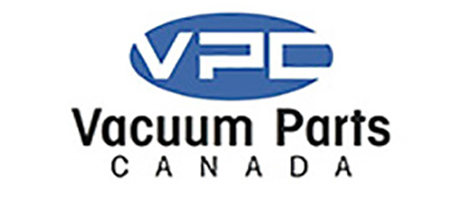
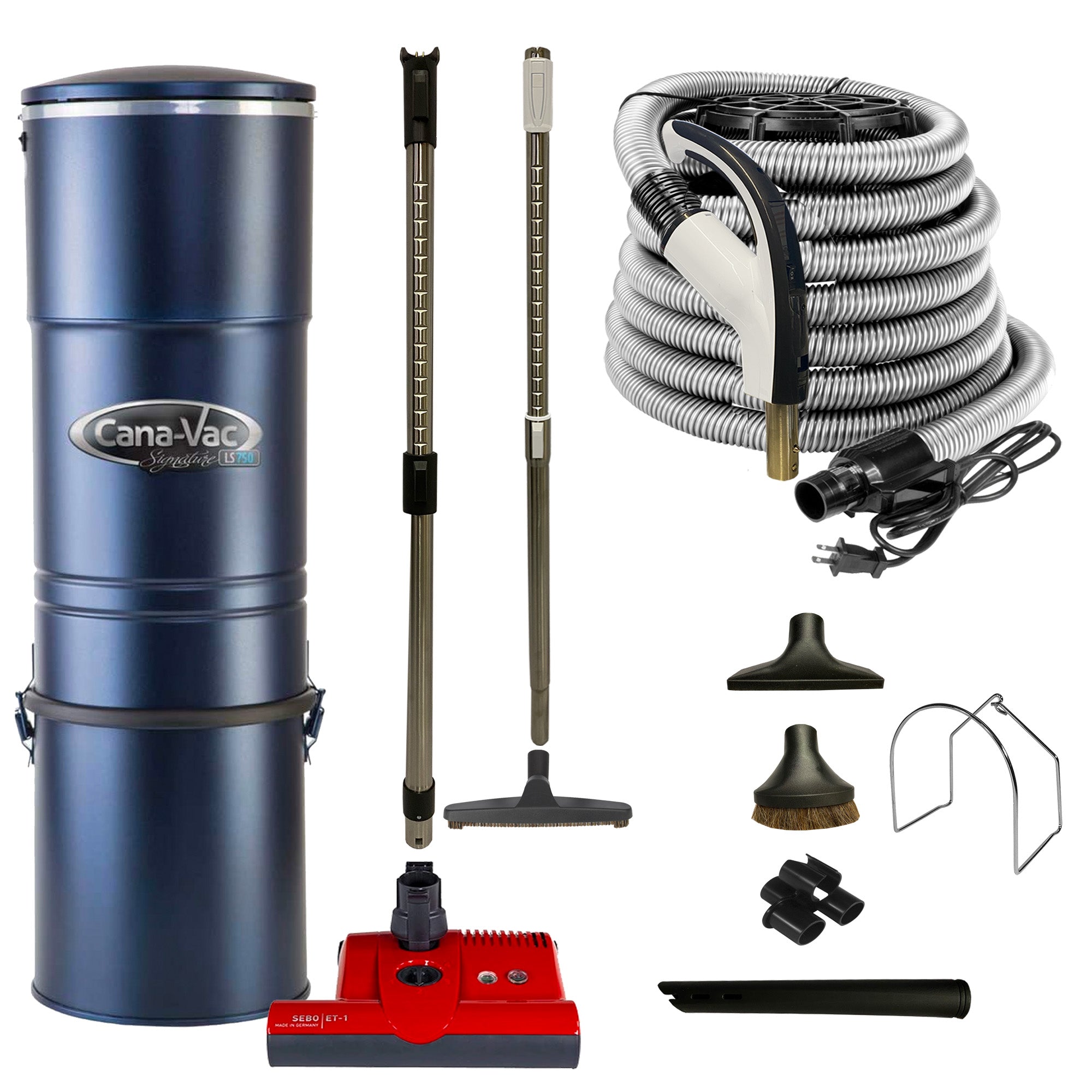
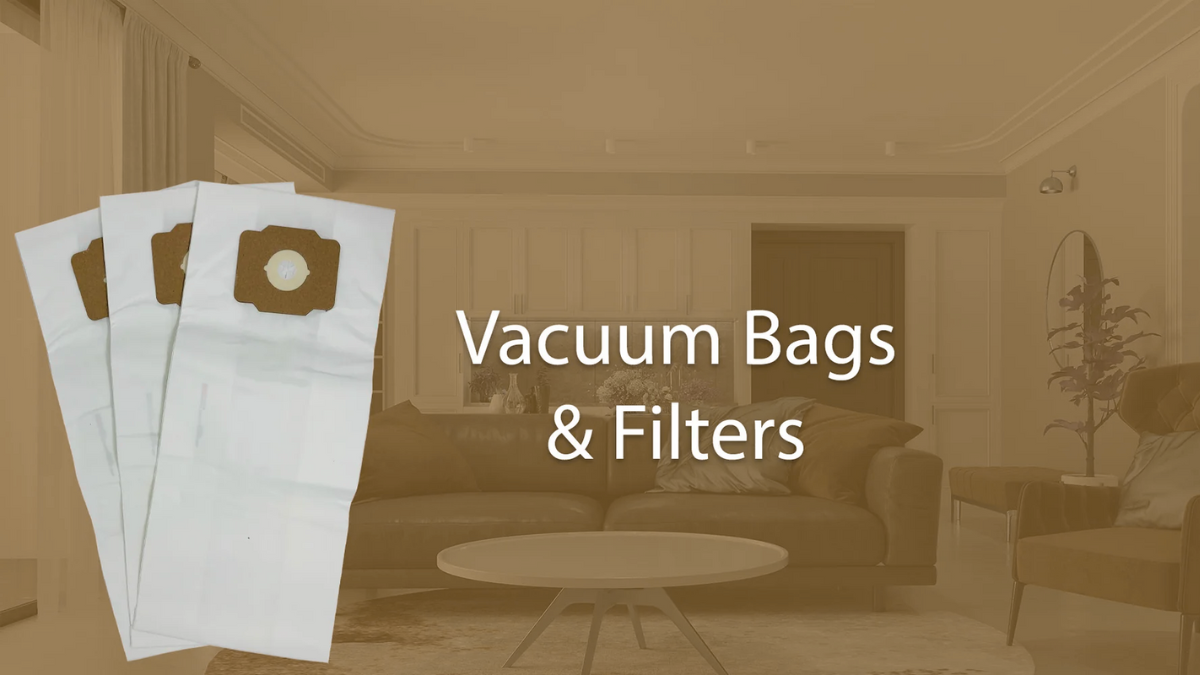
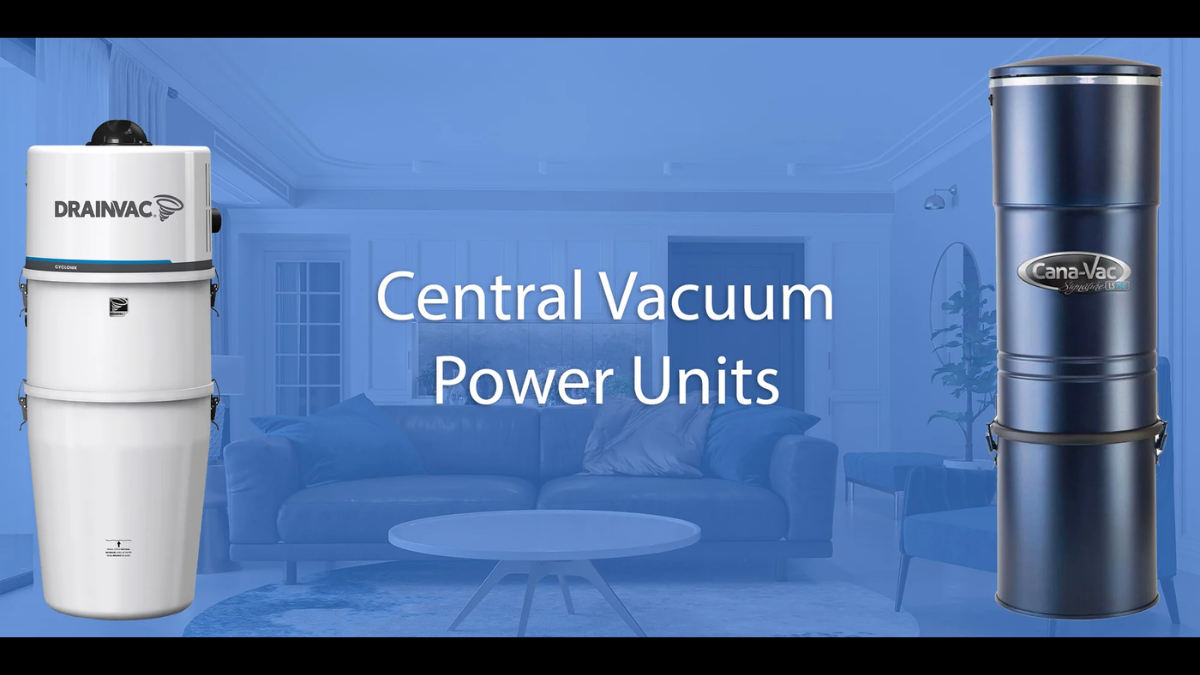
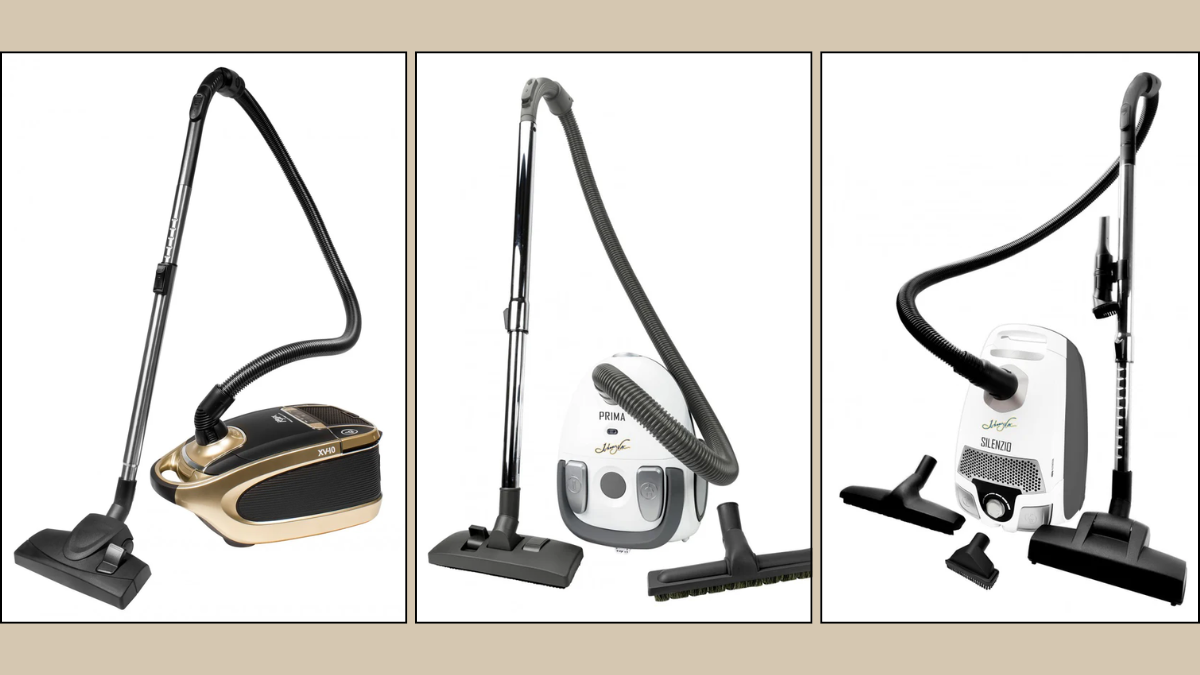
Leave a comment
This site is protected by hCaptcha and the hCaptcha Privacy Policy and Terms of Service apply.